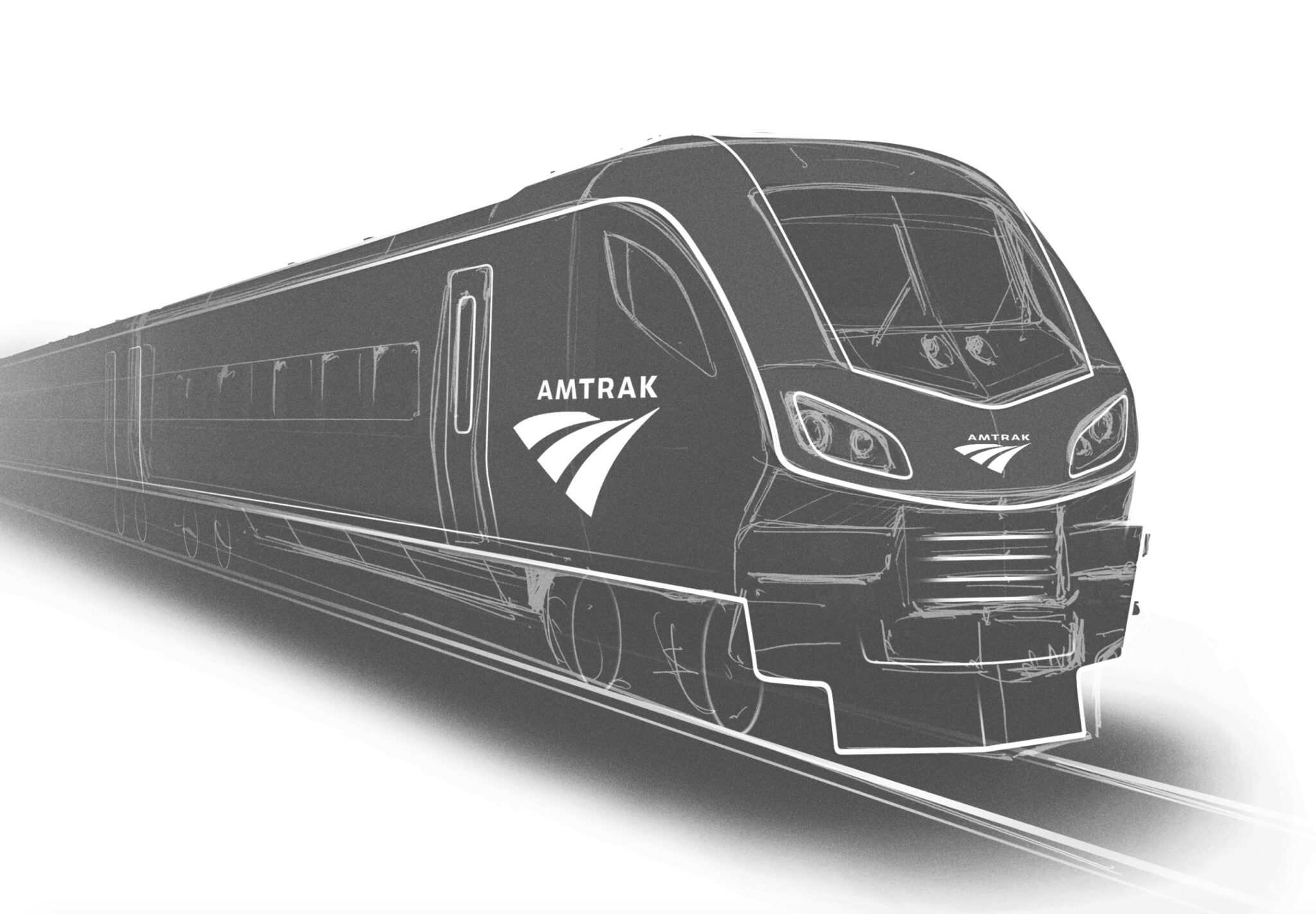Brattle Loop
Senior Member
- Joined
- Apr 28, 2020
- Messages
- 1,167
- Reaction score
- 2,084
The newest high angle (off center) high density lieflats for narrowbody jets have seat pitches of 38-40in, with typical bed lengths of 78in or so. Given that a train car is approximately the same width as a narrowbody cabin, the Viewliner 2 at 86ft long currently sleeps 28, where the roomette achieves similar density due to the upper berth. (78in long bed, plus 2-3in or so for the walls). Having used one a few months ago on an overnight regional, albeit more private, the things are not significantly roomier or more comfortable than a business class seat on a plane.
Cabin width of an A220 (CSeries) is within a few inches of an Acela car width, though I don't know if any operators have tried stuffing lie-flats in one of those. The 737 (the narrowest of the pure-mainline narrowbodies at least before the CSeries) cabin width is a full foot wider than an Amtrak car width. Probably doesn't preclude lie-flat configuration, but certainly would complicate things a bit.
Acela First is a 2-1 layout with 44 seats, assuming that 60ft of the car space is used for seating, ~34-36 lieflats would fit in a 1-1 layout representing ~19-22% loss of capacity. Given journey times, I think you could sell them for a greater premium, especially BOS and points south of NYP, and given that I've rarely seen Acela First sell out, an "executive first" sub cabin could work.
I could potentially see some interest for BOS-WAS passengers given the trip length, but that makes me wonder how much of the ridership is actually riding the entire route rather than a portion; on all my NEC travels over the years, there's a ton of turnover at NYP, especially on the Acela. If you're talking a more common trip stage length of 3.5-4 hours rather than 6.5+, I think it's less likely that you'd get enough people willing to pay the premium necessary to make up that ~20% loss of seating. (Running an NEC sleeper on a better schedule than the frequently-suspended 66/67 would probably eat the bulk of that market as well.)
Not a terrible idea, but there's a reason beyond simple greed and laziness that we don't usually see lie-flats on domestic narrowbodies (and even JetBlue's Mint is restricted to the premium transcontinental flights in a very competitive market).
I got a sneaky suspicion that the new Amtrak trainsets for the Northeast Corridor may look quite similar to the Brightline trains that operate in Florida, only thing is that the passenger cars will use electric locos! The passenger cars are the exact lookalikes of the Brightline cars & are made by the same co., Siemans. I believe that the locos will probably have the same style. Looks like the new trains will look almost like the Acelas!!
The cars will probably have minor differences, given that there are differences in profile (they're subtle, you really need to look closely to notice) between the Brightline cars and the Amtrak California/Midwest Ventures, but they're all part of the same Siemens product line. I'd be moderately (if pleasantly) surprised if the Amtrak power cars have the nose coupler shroud that the Brightline locos have (that's what gives them the streamlined pointy nose); I'd expect them to have the face of the ALC-42 with the ACS-64-lookalike headlight treatment.


